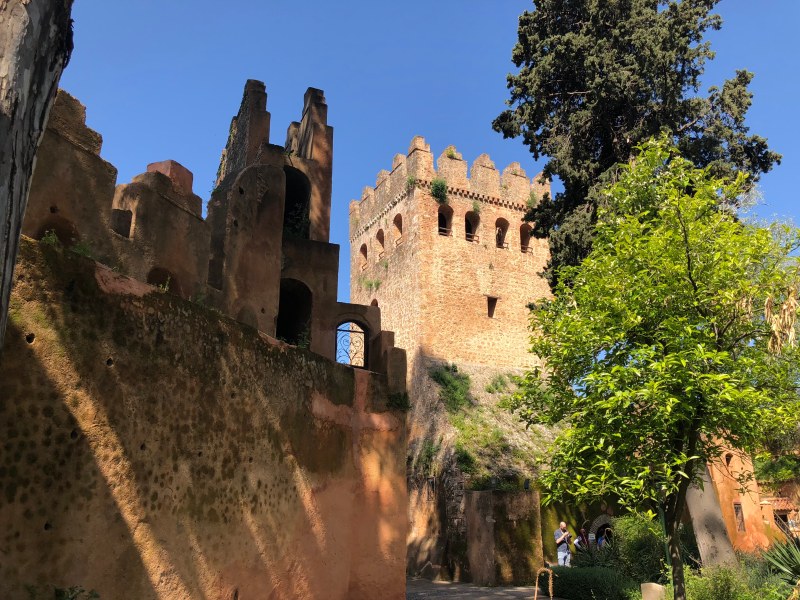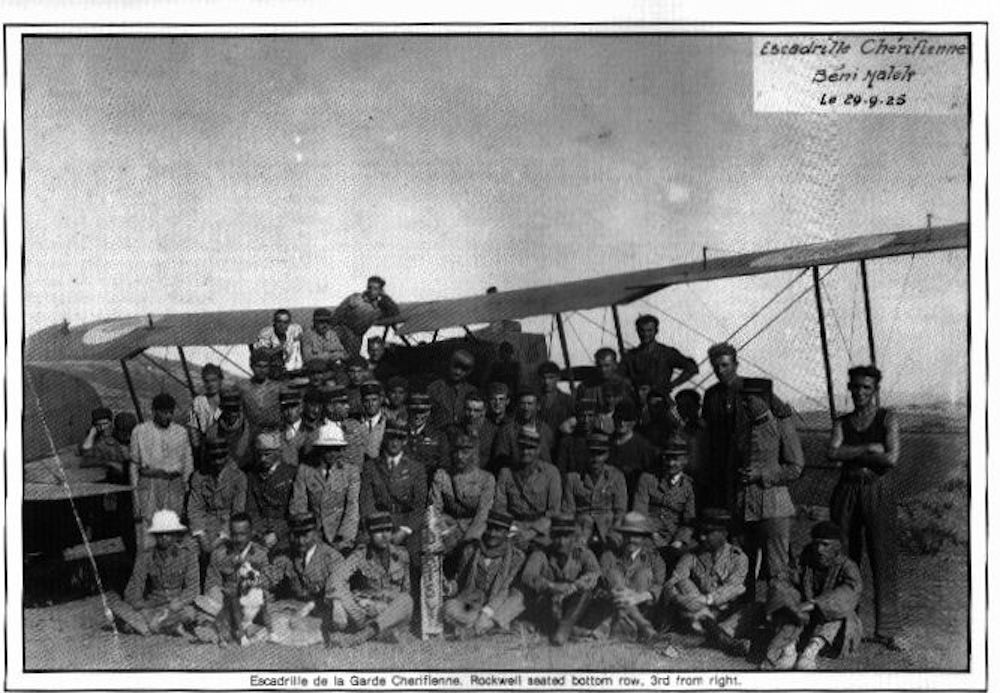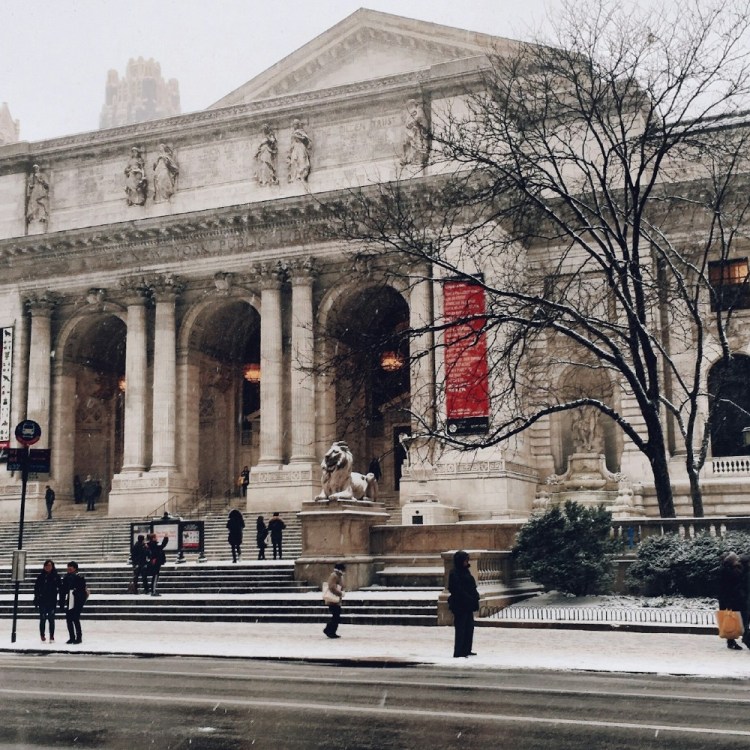CHEFCHAOUEN, Morocco – It was only after the bombs fell on the picturesque northern Moroccan village of Chefchaoen that Capt. Paul Rockwell’s conscience betrayed some mild misgivings.
“The city looked lovely from the air, hugging its high mountain and surrounded with many gardens and green cultivations… I looked down upon the numerous sanctuaries, the six mosques, the medieval dungeon, the big square with its fountain playing and fervently hoped none of them had been damaged,” Rockwell is reported to have written a few years later. “I regretted having to attack a town that always had maintained its independence except for a few years of Spanish occupation.”
The bombing took place in the fall of 1925 and has the dubious distinction of being one of the first aerial bombardments of civilians in history, coming more than a decade before the infamous slaughter at Guernica during the Spanish Civil War, the pain of which was forever immortalized by Pablo Picasso. But the attack on Chefchaouen got no such high-profile a memorial, and the broader conflict that surrounded it, known as the Rif War, remains similarly low profile outside military history circles.
At the time Morocco had recently been divided between Spanish interests to the north including the Rif mountain region in which Chefchaouen lies and French interests to the east to the border with the French colony of Algeria. The colonial powers’ hold on the territory, especially in the rough country, was somewhat tenuous at best, but in 1921 local tribes under the leadership of a man named Abd el-Krim revolted in earnest. The Spanish initially fought the uprising on their own, losing thousands of soldiers in ambushes and guerrilla-style skirmishes. But in 1925 Abd el-Krim’s forces attacked French outposts, and that was enough to convince the French government to join in the fight on the side of the Spanish.
Coming in the shadow of T.E. Lawrence’s famed Arab revolt, North African military historian Douglas Porch told RealClearLife the Rif rebellion was “really a precursor of the anti-imperial revolts that would break out after WWII in many countries. There had always been indigenous revolts, but [Abd el-Krim’s] was the first to frame it as an expression of modern nationalism — [it] had a flag, a capital, a government, territory to defend, a currency, and so on.”
Historians including Porch, a professor of national security at the Naval Postgraduate School, said that Abd el-Krim’s cause appeared to be, to many in the U.S. and France, one of freedom from colonial masters — a cause with which the American public, in particular, could certainly identify.
Which leads to a question about the beginning of this story: Why was Rockwell, an American, dropping bombs on Moroccans in Chefchaouen when the U.S. wasn’t even in the fight?
The answer lies with another American, a World War I French Foreign Legion veteran named Charles Sweeny. Sweeny, a man of action looking for his next adventure after the Great War, saw in the French fight against Morocco not a struggle for freedom, but a battle to “sustain the civilizing work the French have done,” according to a biography of Sweeny by Charley Roberts and Charles P. Hess. France, Sweeny said, was “fighting the cause of the white man’s civilization, and all who have formed this squadron know enough of the world to appreciate what the white man’s civilization means.”
By “squadron,” Sweeny was referring to more than a dozen friends and compatriots, Rockwell among them, who had flown in prototypical allied air forces in WWI, who harbored a yearning for the old wartime camaraderie and who, by July 1925, agreed to join Sweeny on his Moroccan expedition. French government officials, seeing the potential for the Americans’ involvement to sway public opinion in their favor, welcomed Sweeny’s offer to lend a hand in Morocco, but the American government was not so excited.
“The U.S. Department of State issued instructions to its consul in Morocco to advise the Americans that they risked losing their U.S. citizenship and being imprisoned and fined if they continued to do battle against a people with whom the United States had no quarrel,” Roberts and Hess write.
Regardless, the flyers arrived in Morocco in August and the next month Sweeney sent a defiant telegram to a New York Times reporter in Fez, Morocco. “After consulting all of the members of the Lafayette Squadron [as they called themselves], unanimous decision was taken to allow nothing to stop us from carrying on the work upon which we have set out,” he said. The same day, The Associated Press reported that Abd El-Krim put a $5,000 bounty on each American’s head. The U.S. government eventually backed down.
The French military later said that over the course of the six following weeks, the American volunteer squadron carried out some 350 missions — sometimes five in a day — and dropped “over four tons of projectiles.” A number of these, however, were believed to have found only civilian targets — including at one village that had already surrendered, according to a history on the irregular unit written by William Dean, an associate professor of history at the U.S. Air Force’s Air Command and Staff College.
The bombing of Chefchaouen in September 1925 was a particularly dark incident.
“Our objective was Chefchaouen, the holy city of the Djebala tribesmen, a place of some 7,000 inhabitants…” Rockwell wrote. “It had not been bombarded previously, and because of its prestige and sacredness as a holy shrine, an air attack against it was expected to intimidate the Djebalas and be effective in detaching them from the cause of Abd el-Krim.”
Roberts and Hess write that in the aftermath of the Chefcaouen bombing, public opinion turned drastically against the Americans, and by November the unit was disbanded. The New York Times reported on November 13 that Philipe Petain, then-commander of French forces in Morocco, praised the group upon their official end.
The American airmen, Petain said, were “anxious to give their service to the French cause, [and] came to the Moroccan front with a fine gesture of enthusiasm and solidarity toward their comrades in the great war.”
The Rif rebellion ended the next year when Abd el-Krim, facing overwhelming numbers in the combined Spanish and French forces, negotiated a surrender. Morocco wouldn’t gain its independence until 1956.
Nearly a century after it was the target of American bombs, there’s no obvious evidence of the assault in Chefchaouen today. The tranquil mountain village has become a tourist destination, known as the Blue City of Morocco for the distinctive deep blue-painted walls that run along the twisting maze of footpaths in the city’s ancient center. “Walking here feels like moving through a dream,” the national tourism office boasts.
(Lee Ferran)The kasbah, which was built in the 15th century and was the site of Abd el-Krim’s brief imprisonment by the Spanish before he rose to prominence 1920s, survived the aerial onslaught and remains standing sturdy to one side of the main square in the historic district.

Just across from it is a line of colorful cafes and restaurants where locals mix with travelers hailing from Spain, France and, a few, all the way from the U.S.
Chefchaouen is on the ground what Rockwell suspected from the skies 93 years ago: Lovely.
This article appeared in an InsideHook newsletter. Sign up for free to get more on travel, wellness, style, drinking, and culture.

















